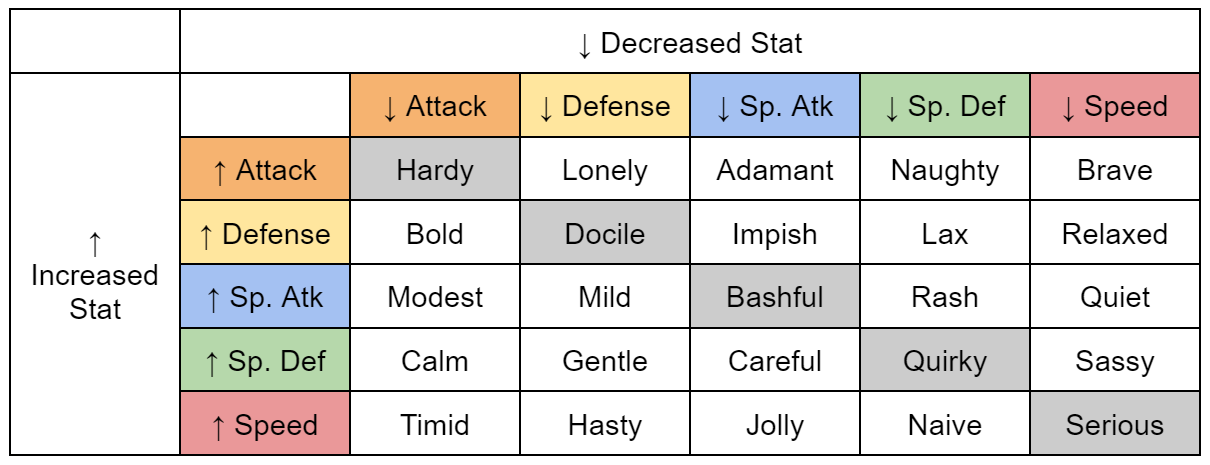How to Build a Competitive Pokémon Team (Without Getting 6-0’d Instantly)
The Blueprint for Not Folding on Turn 6

So you wanna build a Pokémon team. You throw together your six favorite Pokémon, hit “Battle!” and suddenly a Dragapult just swept your entire squad in six turns.
Let’s fix that.
Here’s how to build a real competitive team — the kind that wins games and respect (well, maybe).
1. Pick Your Format (Before You Accidentally Bring Kyogre to OU)
Singles? Doubles? VGC? They all play differently.
- Singles: 1v1s with hazards, switching, and surprise Salt Cure from Garganacl.
- Doubles: More chaos. Two Pokémon out, twice the pain.
- VGC: Doubles format with official rules, timers, and people trying very hard.
2. Build a Core
Every good team starts with a core — a group of Pokémon that cover each other’s weaknesses and create pressure or stability.
-
Offensive Core: You hit hard, force switches, and leave a trail of fainted Pokémon.
Example: Iron Valiant + Chien-Pao = Pain
-
Defensive Core: You wall threats and frustrate teams into quitting.
Example: Corviknight + Clodsire + Ting-Lu = Fort Knox
You can even go hybrid if you’re fancy.
Want to understand the type of team you're building overall? Check out this breakdown on Pokémon team archetypes to figure out if you’re Balance, Stall, Hyper Offense, or somewhere in between.
3. Fill In the Roles (No Freeloaders Allowed)
Think of your team like a workplace. Everyone needs a job.
You’ll usually want:
- A lead (Hazards? Taunt? Chaos?)
- A sweeper (Strong Attack or Special Attack Pokémon)
- A wallbreaker (For busting tanks and walls wide open)
- A defogger/spinner (Hazards are NOT a vibe)
- A revenge killer (Scarf or priority — just delete something fast)
If someone on your team doesn’t have a purpose, replace them. This isn’t a daycare.
Not sure what roles are? Check out this guide on Pokémon roles to figure out who’s doing what on your squad.
4. Watch Your Type Chart (Too Many Common Weaknesses = BBQ Chicken)
If half your team faints to Moonblast or Earthquake, you’re going to have a bad time.
Use Pokestrat to check for type weaknesses, overlaps, and synergy. It’ll save you from getting swept by Ice Shard Weavile at 2 a.m.
5. Don’t Mess Up Your EVs and Natures
This is where dreams live or die. You can have the coolest team in the world, but if your EVs and Nature are messed up, you’re going to get folded like laundry.
- Max Speed: Lets you outspeed threats and get the jump on revenge killers.
- Max HP / Max Defense / Max Sp. Def: Great for tanks, support Pokémon, and setup sweepers that need to stick around.
- Split / Custom EV Spreads: These are the spicy ones. Like investing just enough Speed to outspeed a key threat, then putting the rest into bulk or damage. You’ll start doing this once you know what you’re prepping for.
Natures Matter. A Lot.
Timid ≠ Modest. Jolly ≠ Adamant. Each Nature boosts one stat and lowers another, and the difference is huge in competitive matches. A fast special attacker typically wants Timid, while a slower wallbreaker might need Modest or Adamant to hit as hard as possible.
If your Pokémon isn’t outrunning what it needs to or isn't hitting hard enough, you might just have the wrong Nature.
Use the chart below to get familiar with what each Nature does:
And if all this sounds confusing — don’t worry. Pokestrat has stat visualizers, recommended EV spreads, and Pokémon usage data to make sure your team isn’t underperforming. It’s beginner-friendly, and it’s free.
Just... don’t forget to put Attack EVs on your wallbreaker. A 0 Atk Iron Hands is basically a cheerleader with muscles.
6. Test. Lose. Tweak. Repeat.
Take your team to Pokémon Showdown and face real opponents. You’ll probably lose to weird sets, cheese strats, and your own mistakes.
But that’s okay.
Use each loss as a lesson:
- Swap out a Pokémon
- Change a move or two
- Adjust your hazard and hazard removal balance
- Accept the frustration (maybe cry a little)
- Then come back stronger
The key to improving is constant iteration. Keep tweaking until your team clicks.
Final Tip: A Good Team Can Still Lose Because of a Bad Play
You can have the perfect six, all the roles filled, and a great matchup and still throw the game by clicking the wrong move on turn one.
Predictions, synergy, and understanding game flow matter just as much as your Pokémon picks. Learning when to pivot, play aggressive, or stall for tempo is what separates good battlers from great ones.
Need real feedback on your plays or builds? Join the Pokestrat Discord to get help from competitive players, post your team, and sharpen your decision-making in real time.

“Elevate Your Game”
Pokémon characters and names are copyright © The Pokémon Company and Nintendo.


